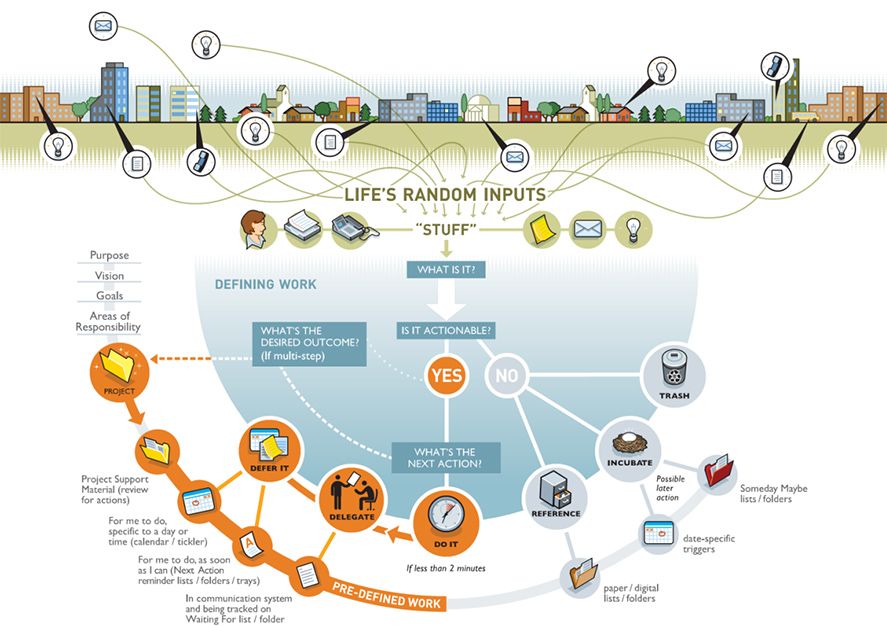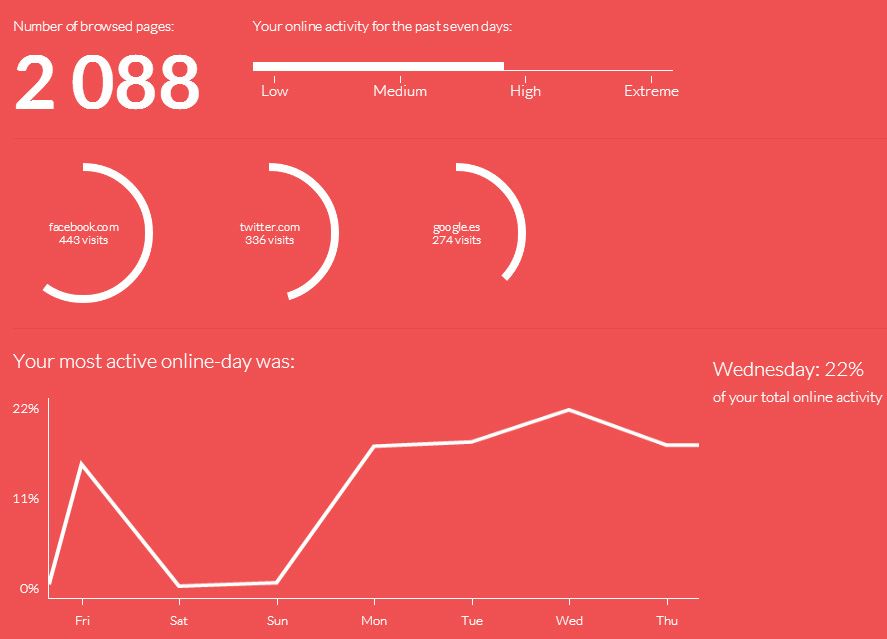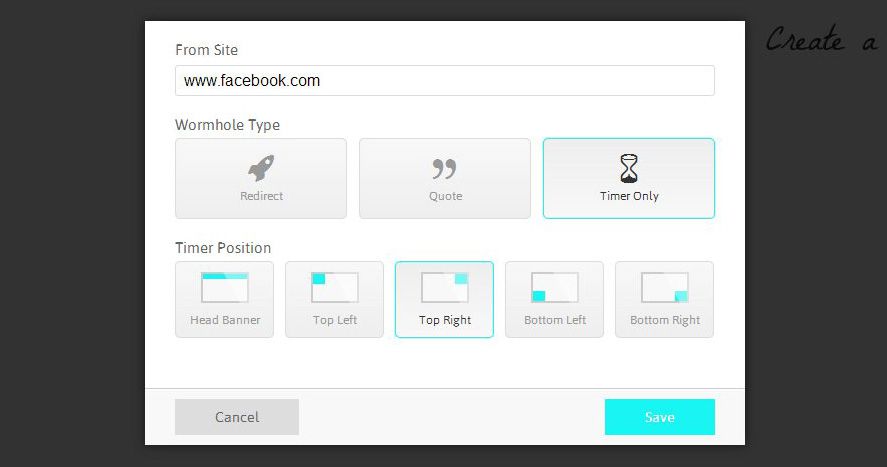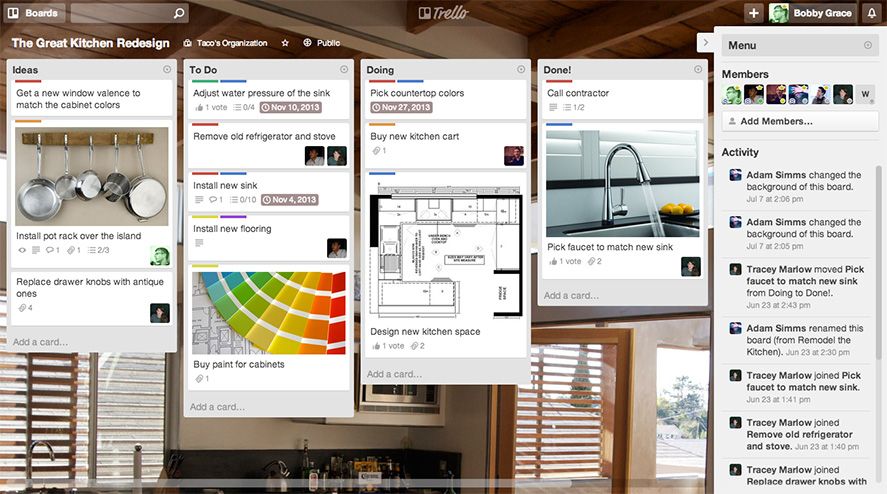Blessed are the freelancers, for they shall inherit the earth. Although working from home in front of your computer might seem like an idyllic, longed-for work situation, against all expectations it could in fact negatively effect your quality of life if you don’t organize yourself properly. Besides willpower, perseverance, and organization, your level of productivity could also be determined by your choice of an ideal software to back you up. Here we’re going to do a quick tour of a few programs and things to keep in mind so you don’t sink in the mire of discouraged autonomy.
Organization techniques
If you don’t have a tyrannical boss somewhere forcing you to comply with a fixed schedule, it’s crucial to set a schedule for yourself that’s relatively regular and constant instead of distributing your productive hours throughout the day willy-nilly. The latter practice can end up with you either sleeping and eating (or more likely eating junk food) at ungodly hours, or not getting nearly enough done thanks to the constant entertainment provided by your stuccoed walls or the buzzing of a mosquito.
There are several time management techniques to help you focus your energy better, such as the GTD (Getting Things Done) method, based on planning tasks so you can focus on finishing them one by one instead of trying to resolve all of them at the same time; or the Pomodoro Technique, aimed at iterative task development by doing things in small chunks of time punctuated by small recurring breaks. This blog has already covered these and other time-management systems in a previous post.

Now we need to distinguish between organizational systems and planning tools. The first aim to help you develop how you approach your work, while tools like Todoist, which we’ve recently analyzed here, help you specify what exactly you need to do as part of the work process itself. As with tires, momentum without direction is of no use to anyone, and thus no matter how predisposed or eager to succeed you might be, if you don’t have your ideas clear beforehand you might get frustrated at failing to make the most of your time.
It’s very easy to waste time
You’ll probably find that at the exact moment when you should be doing something you get the urge to do precisely anything except the task in front of you. Home workers in particular often suffer severely from blank-page syndrome, in addition to a progressive, superhero-like sharpening of the senses that makes literally everything distracting.
It’s easy to verify the extent to which you suffer from these problems. Checky is a simple app for Android that counts how many times per day you unlock and check your phone. If you’re averaging over 50 times a day you need to check yourself before you wreck yourself. With regard to desktop computers, there’s an enormous array of tools that, besides tracking your time, will show you how many hours you’ve spent on each software. The browser extension Surfkollen is an excellent option for this.

If you need to take drastic measures you can always turn to tools like Productivity Owl or Time Warp, two Chrome extensions that will automatically block pages you put on a blacklist, although the more sensible thing to do in attempting to avoid temptation is just make an effort to focus and not make your work processes even more elaborate. Do not turn your own home into a sad little prison of a cubicle!

Work in teams remotely
Don’t forget: You’ll Never Walk Alone, and even if in the solitude of your home workspace you might enjoy the company of only a small carnivorous plant on your desktop and a bowl of ramen, there are loads of remote teamwork tools that in certain cases might actually make you even more productive than if you had your colleagues physically next to you.
Services like Trello or Wunderlist are good remote-working options. They are not just robust project planners, but also “virtual workspaces” where you can share materials and organize any collaborative project quickly and on the go. In fact, these can be used in both the professional and personal spheres to plan any leisure activity. Both programs have a mobile app and a desktop client.

If you need more direct communication, it goes without saying that there’s Skype or Hangouts for video and conference calls, not to mention remote desktop tools like Splashtop or TeamViewer that we’ve already talked about at length here on the blog. In fact, the latter has a virtual chalkboard that you can stream from your computer, superimposing all sorts of drawing done by hand over the shared image. Equally useful for people in “cyber-romances” as for remote working.











